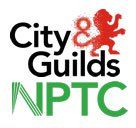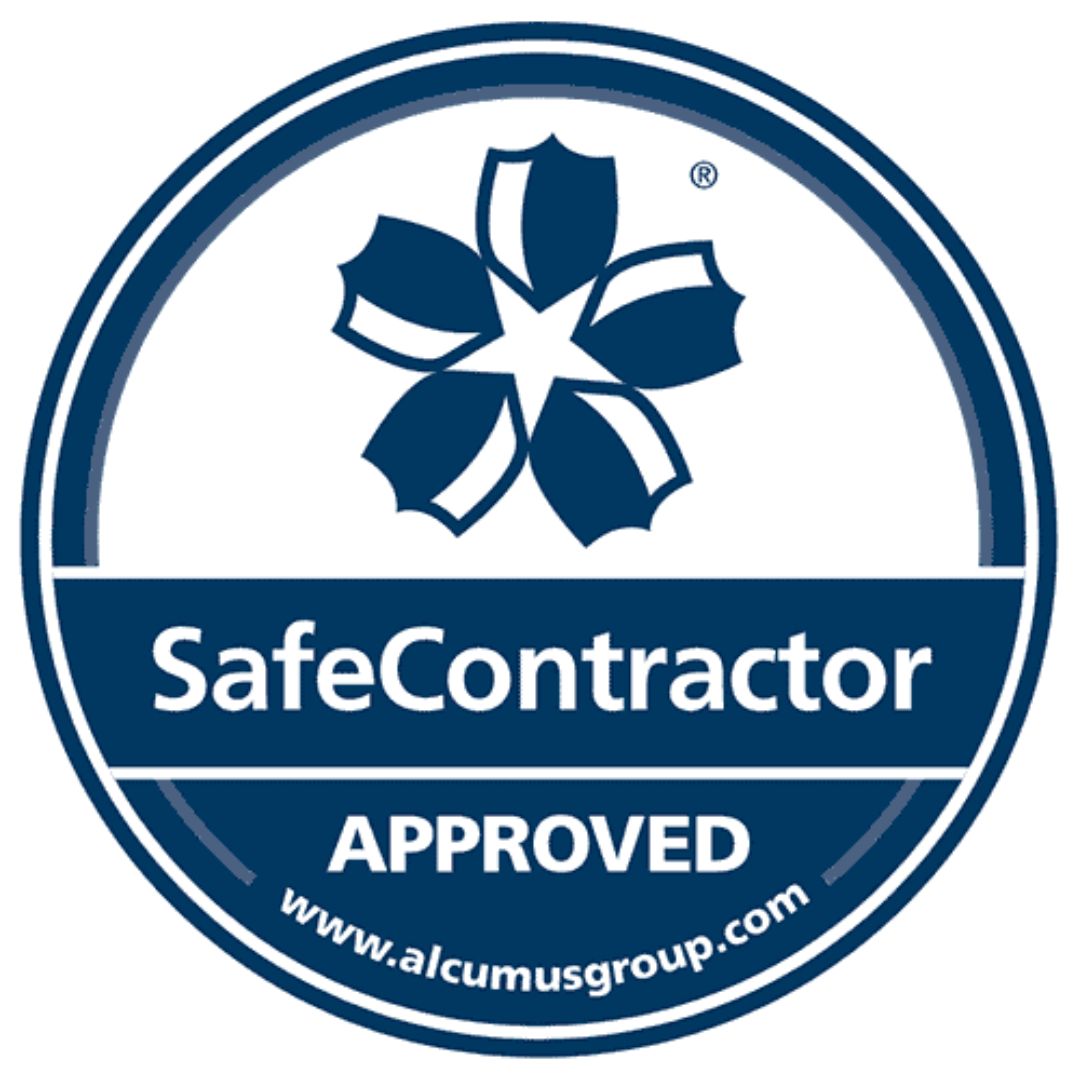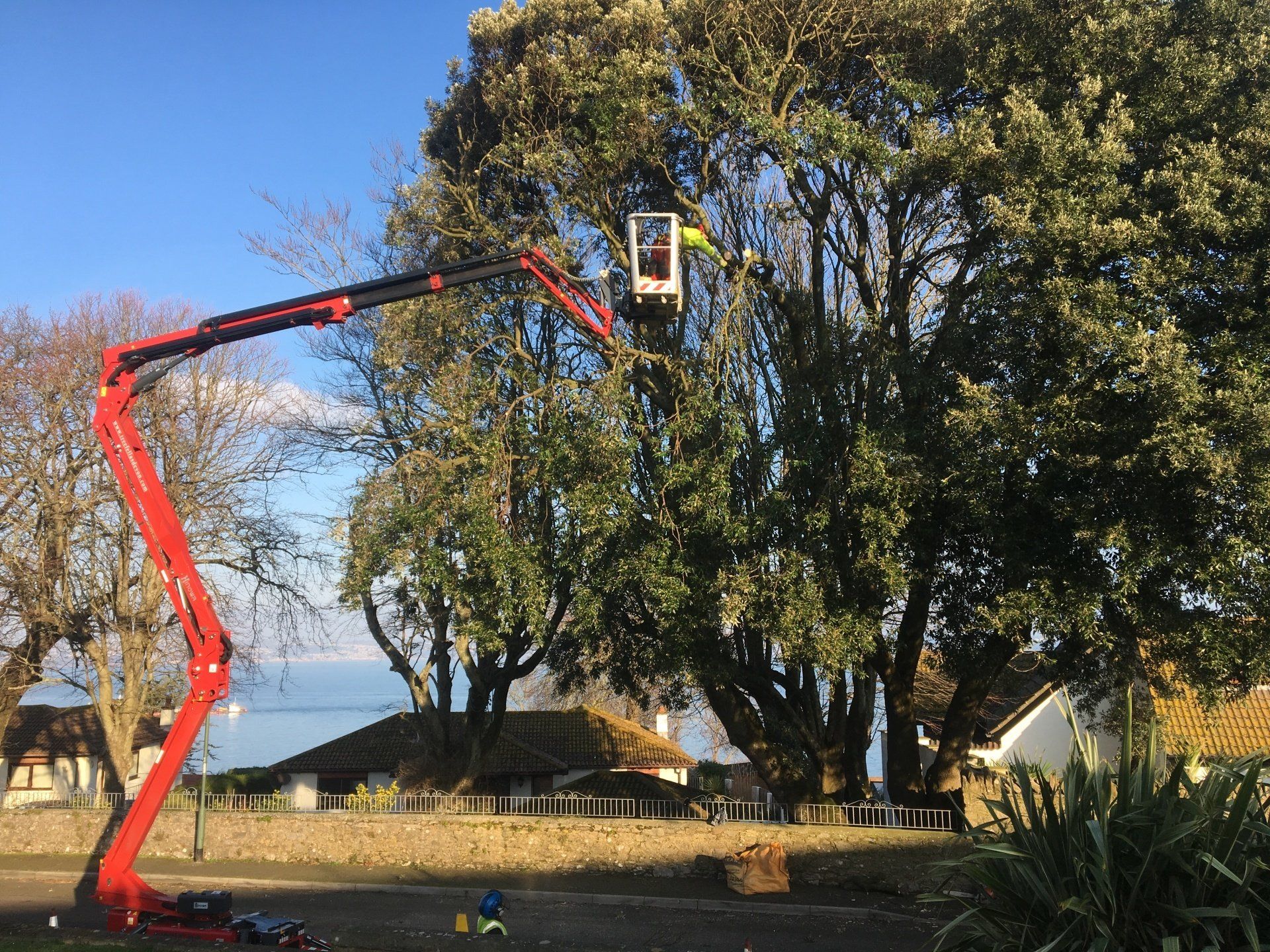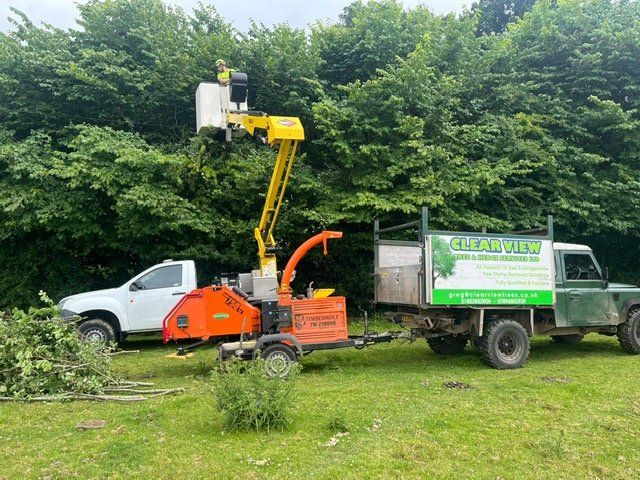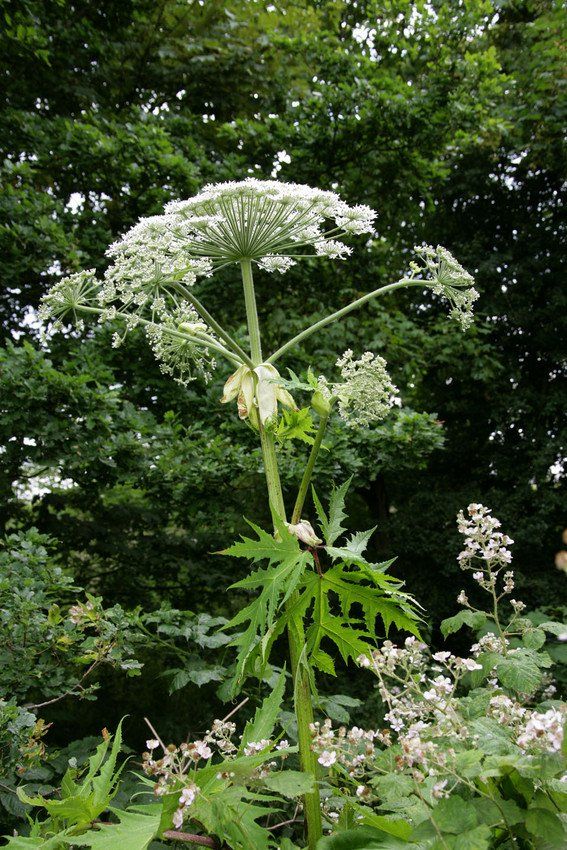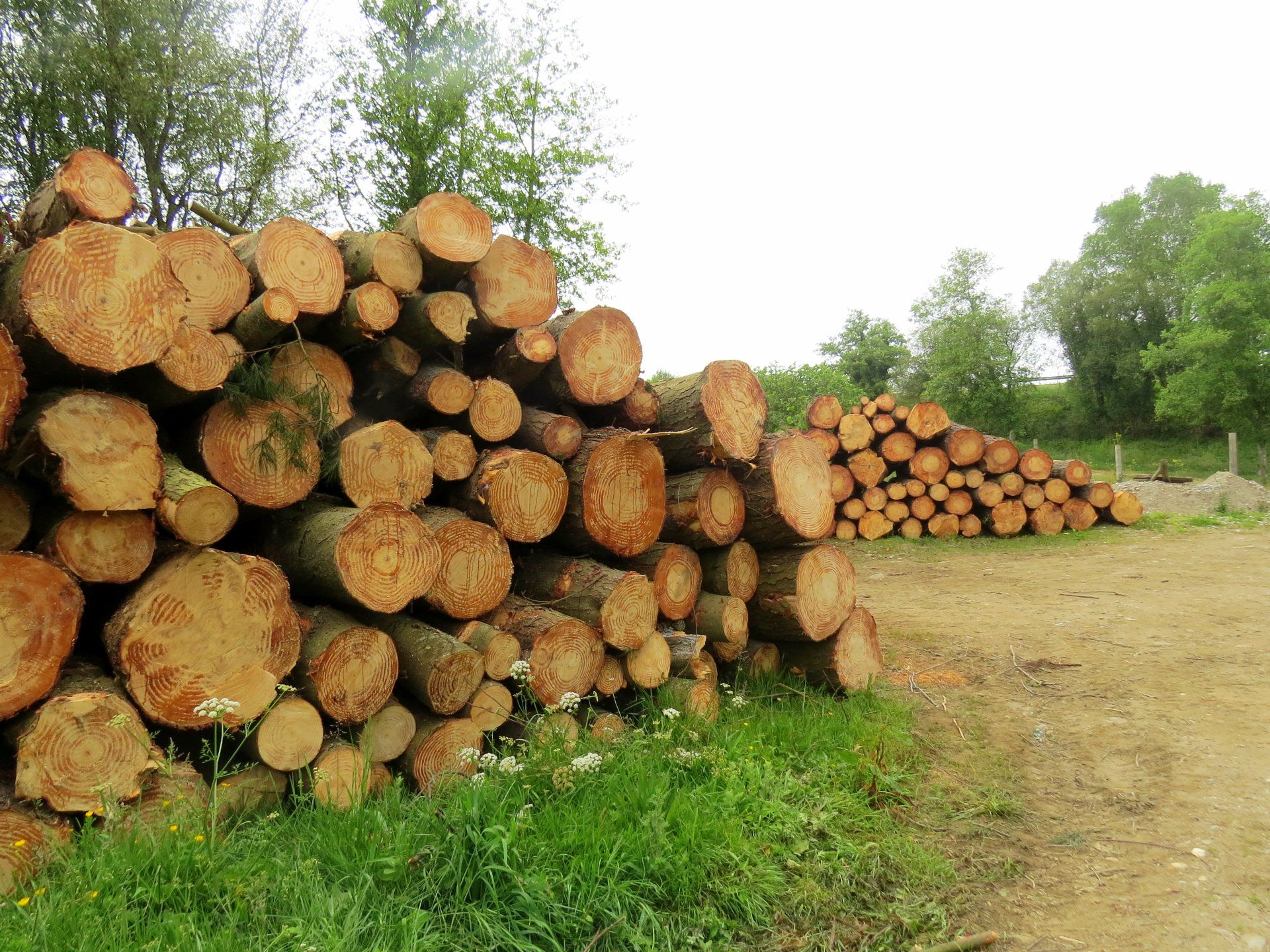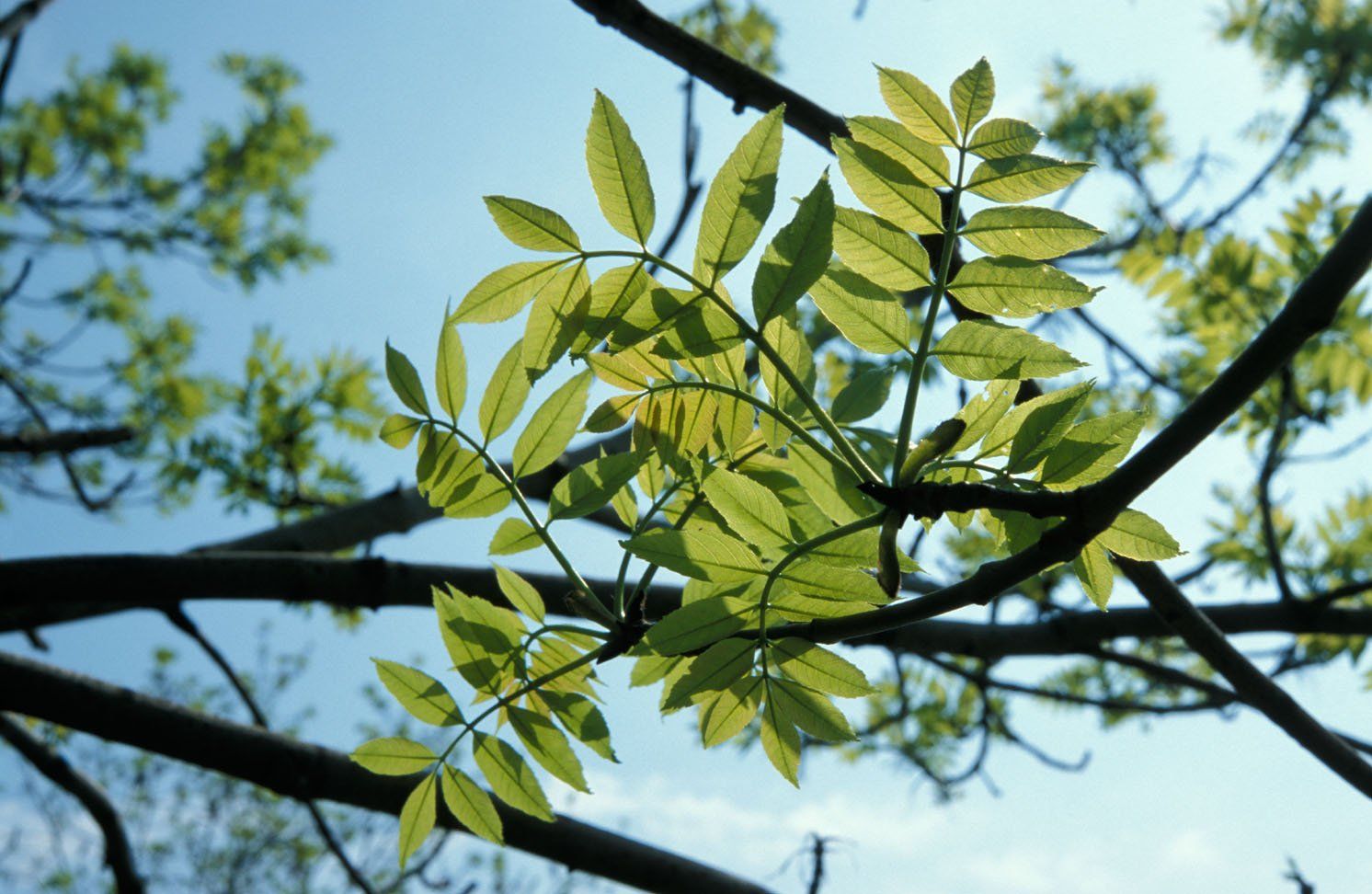Blog Layout
Dangerous Trees; When are they my responsibility?
May 18, 2021
Dangerous Trees; When are they my responsibility?
Every year, trees are damaged or blown over by high winds and if you live in Torbay, Teignbridge or the South Hams you will be of no exception. The team at Clear View Tree and Hedge Services strongly recommend that you check any trees that are present on your property or lie near to any of your vehicles, structures or people as you would be liable for any damage or injury cause should an incident occur.
There may be situations whereby you are unsure as to where responsibility lies with certain trees, and the general rule is that if its base is inside your property boundary you’re legally responsible for it. If the base is on the boundary between your property and that of a neighbour, you are jointly responsible for any decisions, costs and liabilities. UK law states that if you own a tree and there is an obvious safety issue which you fail to resolve; you would be considered negligent if an incident were to occur. It is extremely important that you check your trees after there have been high winds. We at Clear View Tree and Hedge Services would recommend discussing a plan for regular checking and emergency planning with your neighbour to avoid issues further down the line if they arise.
Initial checks can be completed fairly easily and The National Tree Safety Group’s ‘Common sense risk assessment of trees’ guide has lots of useful information to help. However, if your trees are in high-risk areas such as, overhanging a public footpath, or you have urgent worries about the safety of a tree, it’s best to call out a professional tree surgeon immediately, such as our team at Clear View Tree and Services Ltd. Taking prompt action could help limit any damages you might have to pay if it falls and damages someone else’s property before they arrive.
What are the signs of a dangerous tree?
Aside from storms and high winds, there are a number of other reasons why trees fail and collapse. These include poor planting conditions, advanced insect infestation, malnutrition, poor soil conditions, flooding, damage from nearby construction and old age.
Warning signs to look out for include:
Leaning - Is the tree leaning more than before And is the lean in the opposite direction to the source of winds – i.e. more prone to new gales?
Dead branches which have fallen with minimal disturbance
– dead branches do not necessarily mean the tree is going to fall over. However, what they do tell you is that the tree is in poor condition Shedding branches is a tree’s way of self-pruning to make itself smaller, which usually means it is not getting enough nourishment. It could also mean it is being attacked by burrowing insects and weakened to a point where it may fall. It is also useful to check to see if dead branches are just on one side or on the lower part of the tree as these are also warning signs.
A hole in the trunk
– one of the side-effects of a tree self-pruning is a cavity forming inside its trunk. An open wound from a broken branch could lead to decay inside the tree. If the cavity is isolated and there is enough solid wood around it, then your tree is probably fairly stable but it is recommend you have the tree checked by a qualified tree surgeon.
Deep cracks or missing bark on the tree trunk
– patches of missing bark on the trunk, known as cankers, are a sign your tree is dying. Deep cracks in the trunk are also a major concern as these make the trunk much weaker and more likely to become a danger. Both cankers and cracks need urgent assessment by a professional arborist.
The tree has a tight V-shaped branch growth
– branches that grow too close together are often in a V-shape. The best time to spot V-shaped branch growth on deciduous trees is during late Autumn or during the Winter when the leaves of deciduous trees have fallen off.
Leaf cover – Does the tree have a thin leaf cover?
Are there sections of the tree where there are no leaves? Are the leaves dropping much earlier than from other trees of the same species nearby? Do the fallen leaves look unusual? These can be indicators to a dead, dying or fungus infected tree. If in doubt, contact a professional tree surgeon who can complete an assessment.
Tree roots are weak and rotten
– this is obviously harder to spot but is a reliable way to tell if the tree is rotting inside. Check for mushrooms and other fungi growing around the base of the tree or on the trunk. Crack or raised soil is a sign of uprooting and potential instability. A professional arborist can advise on the best course of action.

24 Apr, 2024
Leaving a tree stump in the ground following a tree removal, can cause a few different issues you may have not considered: Fungal Roots Tree stumps provide an ideal environment for fungal growth. When a tree is cut down or dies, the wood is left behind to decay, which creates a nutrient-rich environment for fungi to thrive. Whilst fungi plays an important role in the natural process of wood decomposition, if left untouched nearby other trees and wood, it can spread and cause decay and weakening of these otherwise healthy trees. Additionally, if the fungi on the tree stump is known to be harmful to humans or pets, such as certain types of poisonous mushrooms, it is important to keep them away from the tree stump to avoid any handling or consuming of the fungi. Safety Hazard If the stump remains following a tree removal, it will be sticking out of the ground, sometimes quite a bit above the ground. This could be a trip and fall hazard. Re-growth After a tree is cut down, suckering can start to happen. This is where the tree stump sends up new shoots or growth from the base of the trunk. These new shoots are called suckers and can grow quickly, often aggressively. Suckering is most common in trees that have been damaged or stressed, or in certain species that are prone to producing suckers. While suckering is a natural and healthy process for a tree, it can also be a nuisance if you’ve just had the tree cut down and another starts to grow in its place. They can also be unsightly and difficult to remove. Infestations If the tree that has been removed is a dead tree it becomes an attraction for pests, like ants, and beetles. These pests can easily spread, affecting the health and beauty of other trees in the garden. They can sometimes also spread into your home. Removing the tree stump will help prevent infestations of these pests. Aesthetics An obvious reason to remove a tree stump is because it can be an eyesore in an otherwise well-manicured landscape. Removing it can improve the overall appearance of your property. It also frees up space to create other features such as a driveway, patio decking or flower beds. If you decide that you want to remove your tree stump, Clear View Tree and Hedge Services have the expertise and equipment to do the job.
Call Clear View Tree & Hedge Services Limited on 01803 882 808
for a local tree surgeon in Torbay.
BRIXHAM: 01803 882808
EMAIL: admin@clearviewtrees.co.uk
CONTACT US
Thank you for contacting us.
We will get back to you as soon as possible.
We will get back to you as soon as possible.
Oops, there was an error sending your message.
Please try again later.
Please try again later.
© 2024. The content on this website is owned by us and our licensors. Do not copy any content (including images) without our consent.
